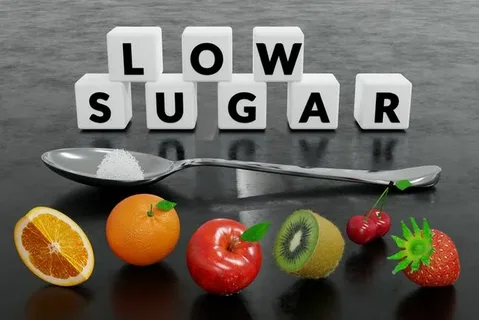
Introduction:
Staying hydrated is crucial for maintaining optimal health and well-being. We often hear the recommendation to drink eight cups of water per day, but is this guideline based on scientific evidence or simply a popular myth? In this article, we will delve into the truth behind the 8-cup rule and explore what your actual hydration needs may be.
Understanding the 8-Cup Rule:
The notion of drinking eight cups of water per day can be traced back to a misinterpretation of a guideline set forth by the Institute of Medicine (IOM) in 1945. However, it is important to note that the IOM’s recommendation included all fluid intake, including water, beverages, and even the moisture content in food.
Individualized Hydration Needs:
The reality is that optimal hydration requirements vary from person to person. Factors such as age, sex, weight, activity level, climate, and overall health influence our individual hydration needs. It’s essential to consider these factors and tailor your hydration routine accordingly.
Thirst as Your Guide:
Rather than adhering strictly to a specific number of cups, listening to your body’s thirst signals is a more accurate indicator of when and how much water you need. Thirst is the body’s way of signaling that it requires fluid replenishment. Paying attention to your thirst and drinking water when you feel it is crucial for maintaining proper hydration.
Additional Sources of Hydration:
While water is undoubtedly a primary source of hydration, it is worth noting that other beverages and even certain foods contribute to our overall fluid intake. Fruits and vegetables with high water content, such as watermelon and cucumbers, as well as soups and herbal teas, can all contribute to your hydration levels. Consuming a balanced diet rich in hydrating foods and beverages can help meet your hydration needs.
Factors Influencing Hydration:
Several factors can influence your hydration requirements. Physical activity, exposure to high temperatures, humidity, and certain medical conditions can increase fluid loss and necessitate higher water intake. It is important to be mindful of these factors and adjust your hydration habits accordingly.
Monitoring Hydration:
Monitoring your hydration status can be done through various means. Checking the color of your urine can provide insights into your hydration level. Pale or light-colored urine is typically an indication of adequate hydration, while dark-colored urine may suggest dehydration. However, it is important to consider that certain medications, supplements, and foods can affect urine color.
Practical Hydration Tips:
To support optimal hydration, consider the following tips:
- Keep a reusable water bottle with you throughout the day as a reminder to drink.
- Drink water before, during, and after physical activity to replenish fluids lost through sweat.
- Set reminders or establish a routine to ensure you’re consistently hydrating throughout the day.
- Pay attention to your body’s thirst signals and drink when you feel the need.
Conclusion:
While the 8-cup rule has been widely circulated, it is not firmly based on scientific evidence. Hydration needs are highly individual and influenced by various factors. Relying on your body’s thirst signals, consuming a balanced diet, and considering additional sources of hydration are key to maintaining optimal hydration levels. Remember that proper hydration is essential for your overall health, and finding a routine that works for you is more important than a one-size-fits-all rule.










